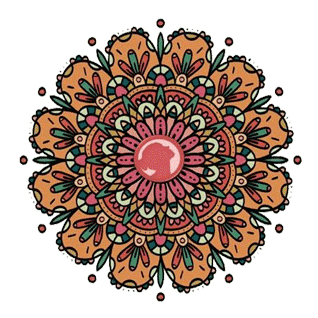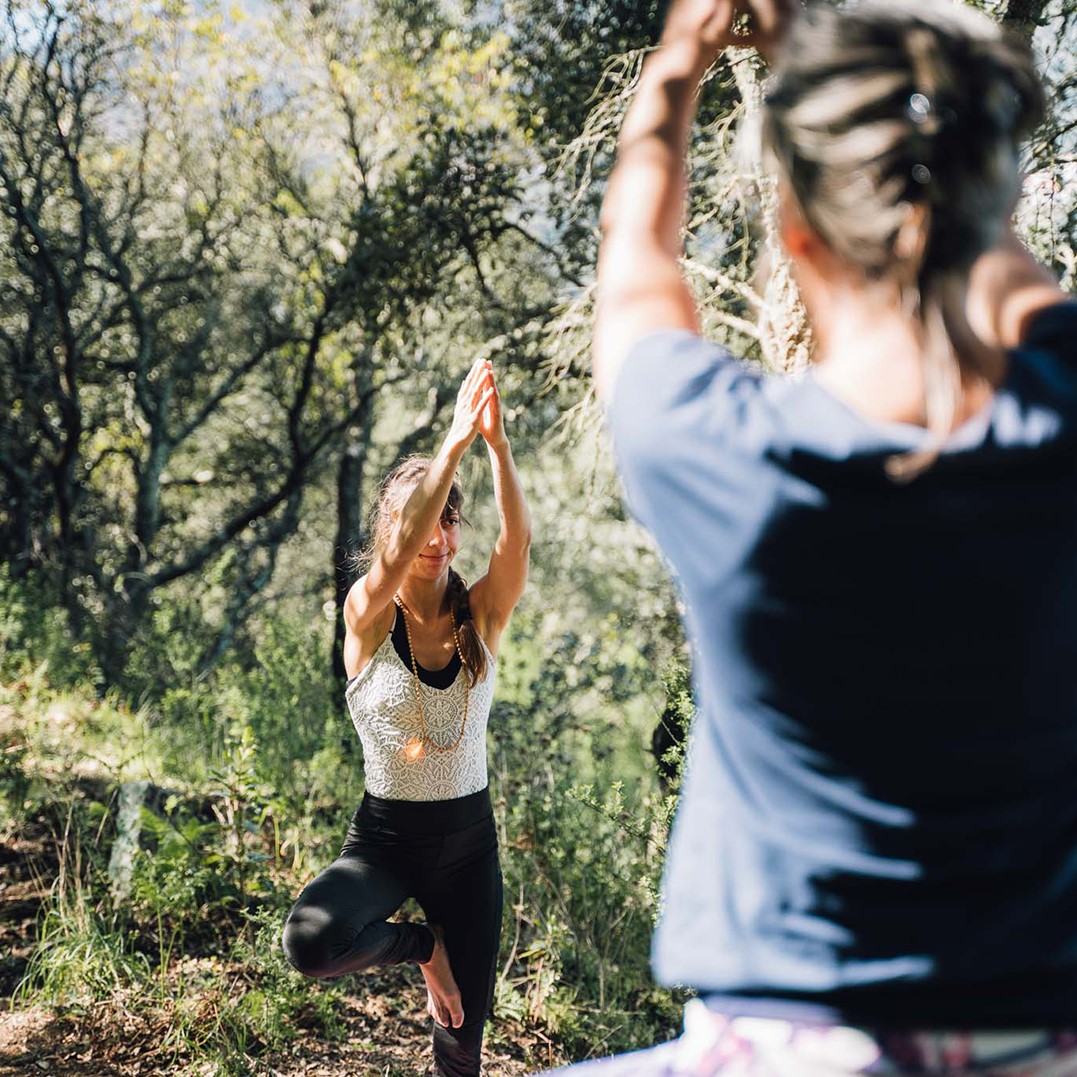💫 Dialogue vs. Monologue
According to the Upanishads, the teacher is the prior form. The student is the latter form. Knowledge is their junction and teaching is the connection. There is a living dialogue between the teacher and the student. Through the discussion itself, new knowledge is born – it is true that the teacher brings some of this knowledge to the encounter, but when this knowledge comes alive at the moment of joint study, neither party knows more than the other. This is because their shared experience becomes intertwined knowledge.
💫 Teaching vs. Instruction
To me, teaching is also studying – seeing and understanding from a different perspective. Sometimes a student grasps a given explanation in such an interesting way that it illuminates the whole practice. The subject of the lesson itself becomes the teacher and learning takes place in a way that surprises us. For me these are the best lessons!
It is an intimate and personal process. I make sure that my teaching is an exchange rather than a lecture and originates from my own practice. Being authentic is very important to me. Through my own practice and experience I can see and feel, and therefor intuitively guide my students. As a teacher, I am aware of my students’ vulnerability, and I know they trust me for my understanding and knowledge. Experienced hands-on “teaching” is essential to guide a student’s body to new connections such as toes to groins, breath to mind or front to back.
For me, an important part of teaching yoga is encouraging my students to learn how to approach a task rather than just accomplishing it. Initially, there can be confusion among students because the “new” cannot be grasped in the terms of the “old.” It is up to them to use their imagination, let go, and accept the “not knowing.” It’s important that they realize that we don’t have to understand everything at once. We practice this awareness over and over again.
I teach the main practices of Vijñãna Yoga – sitting, breathing, postures and the study of the scriptures. In doing so, I introduce the guiding principles of these practices, such as the seven vital principles of practice or the ten vayus that my students can integrate into their own yoga journey. My job as a teacher is to give my students a stable, grounded practice that allows them to grow and build their own practice in their own time, whether I am present or not. Because that’s how we should relate to our students: as independent beings. We spend some time together, share the joy of yoga, and then everyone goes their own way. I think a “good” teacher should encourage their students to spread their wings and go on their own journey of discovery. Yoga is an adventure that wants to be experienced!
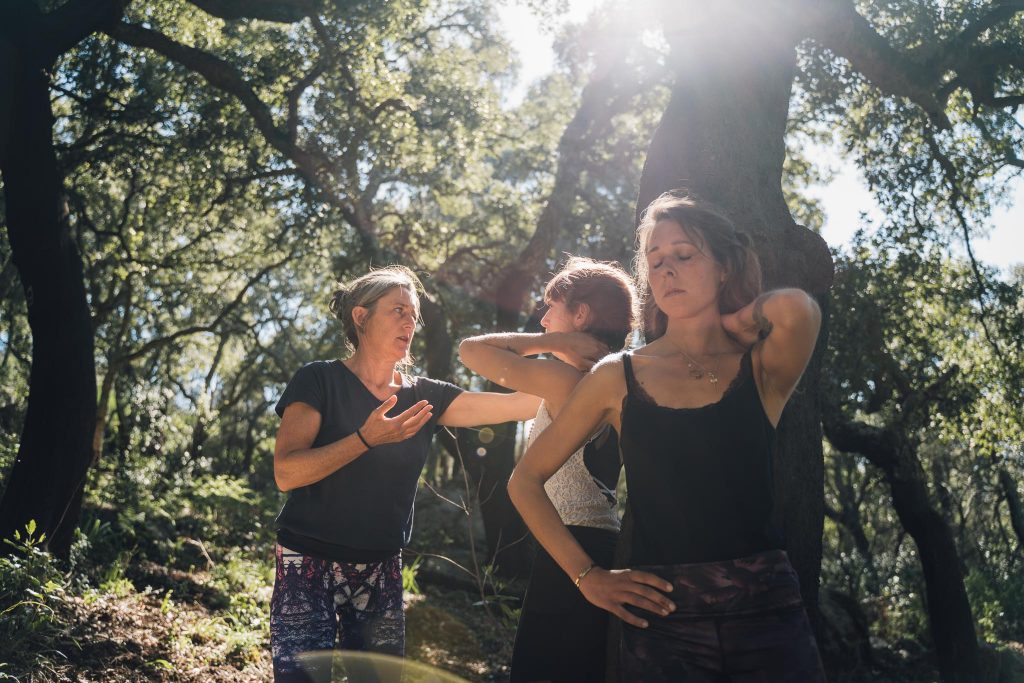
…sometimes it is necessary to re-teach a thing its loveliness… (Galway Kinnel)
💫 Direction vs. Precision
According to some teaching theories (which I personally don’t fully agree with), the teacher explains all the subtle and precise details and the student just has to learn to recognize those details within themselves. The students end up being totally dependent on the teacher and their explanations to experience and explore the depth of yoga. They cannot reproduce the teachings they have received because they have not learned how to access those by themselves.
I think instead of being too precise we need to encourage our students to listen within and hopefully connect to their own true sensations in their bodies. For me, it’s about inspiring students to explore the teachings as well as to discover pathways and connections throughout the body. I usually ask my students to check if what I am explaining applies to them. Each of us is different!😉
Another goal for me as a teacher is to authentically show that once they begin their yoga journey, they are in a process, a transformation that continues to evolve as long as they practice. As I understand it, a teacher’s role is to develop the student’s ability to become more aware of what needs to be understood from within, including gentle, soft, non-injurious yet skillful movement patterns.
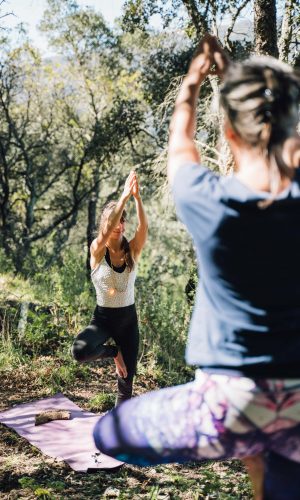
With reference to knowledge – the preceding word is the teacher. the following word is the pupil,their union is knowledge and their link is instruction. (Taittiriya Upanisad 1.3.2)
💫 Yoga Basics vs. Performance
It is not easy to create a base, to lay the foundation for a posture, a breathing exercise or a meditation routine. It takes time, practice and discipline. Those who have not gone through these basics will suffer from this weakness of foundation in the future, even if they can do advanced postures or sit for an hour. Later, it proves very difficult to correct this weakness.
Be aware that there is no substitute for a good and stable foundation! It’s like building a house: You want to make sure that the foundation is good and stable and will last a lifetime.♥️
💫 Flexibility vs. Rigidity
When I teach, I need to be able to constantly adapt my way of passing on my knowledge while remaining flexible and open to the needs of my students. I need to maintain a balanced mindset. Sometimes reshaping can interfere with a deeper understanding of the body, both for me as a teacher and for the student. There are different approaches to posture or to a particular breathing exercise (pranayama). As a teacher, it is important that I am open to these approaches, understand them, and support them when necessary.
💫 Questions vs. Answers
Part of the learning process is doubt and questioning, and I always encourage my students to be okay with that. I, still a student myself, do the same! Deep practice is inherently exploratory, not mechanical. It is not dictated from the outside. We observe, we witness, we understand, we listen, and we try to achieve. This kind of dialogue nourishes not only our bodies, but also our Selfs. If I give too detailed teachings, I limit the possibilities of understanding and my students will not experience the connection within themselves because they are told what to feel. The same goes for questions. Sometimes I do not provide an answer, but leave room for experimentation and prevent it from becoming too narrow.
Let’s get together and experience the deep connection between teacher and student. Discover my courses and workshops:
Let us practice together
Sandra
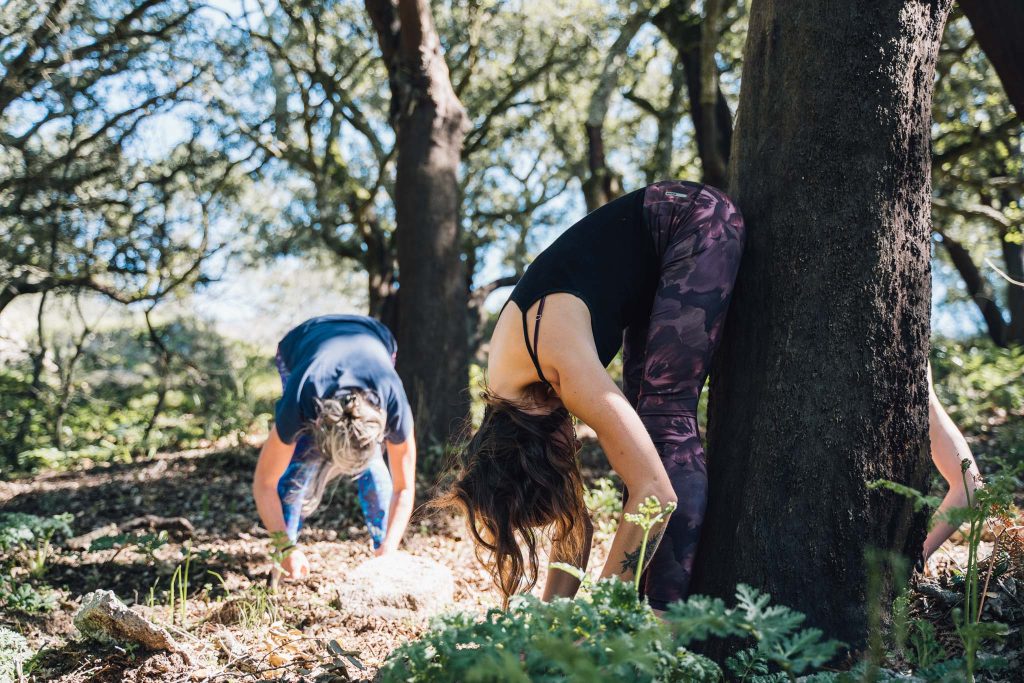
On the way to knowledge Many things are accumulated. On the way to wisdom Many things are discarded. Less and less effort is used Unitl things arrange themselves. (Lao Tzu)
📚 Suggested literature on teaching:
Orit Sen- Gupta: Yoga Insights; Reflections from a life of Practice.
Diane Long & Sophy Hoare: Notes on Yoga
